Keep Calm and Carry On
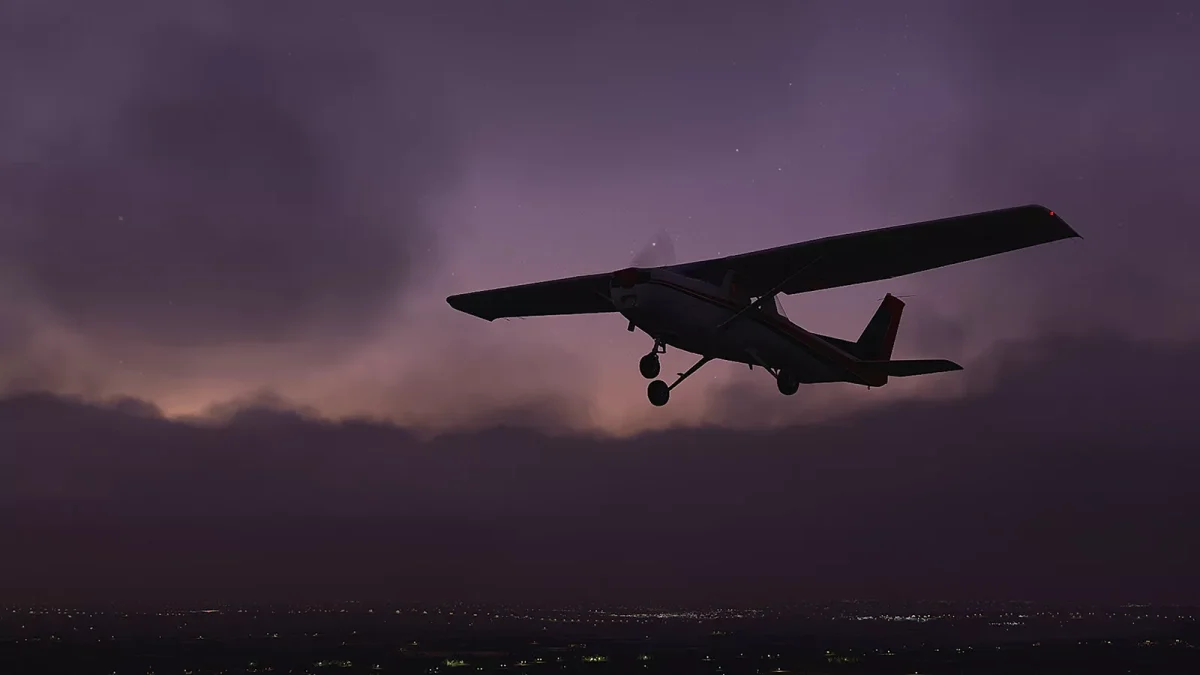
Panic is the enemy of reason.
Have you ever wondered how some people appear to be naturally gifted at staying in control? When the chips are down and decisions need to be made, they barely break a sweat.
How do they resist the pangs of impulsiveness and not make snap decisions?
The answer is that they have been here before.
They may not have had this exact situation before, be it a medical emergency, engine fire, iced-over controls or other emergency. It may be their first day flying this aircraft type, to a new airport and in unfamiliar surroundings, but they still know what to do. What’s their secret?
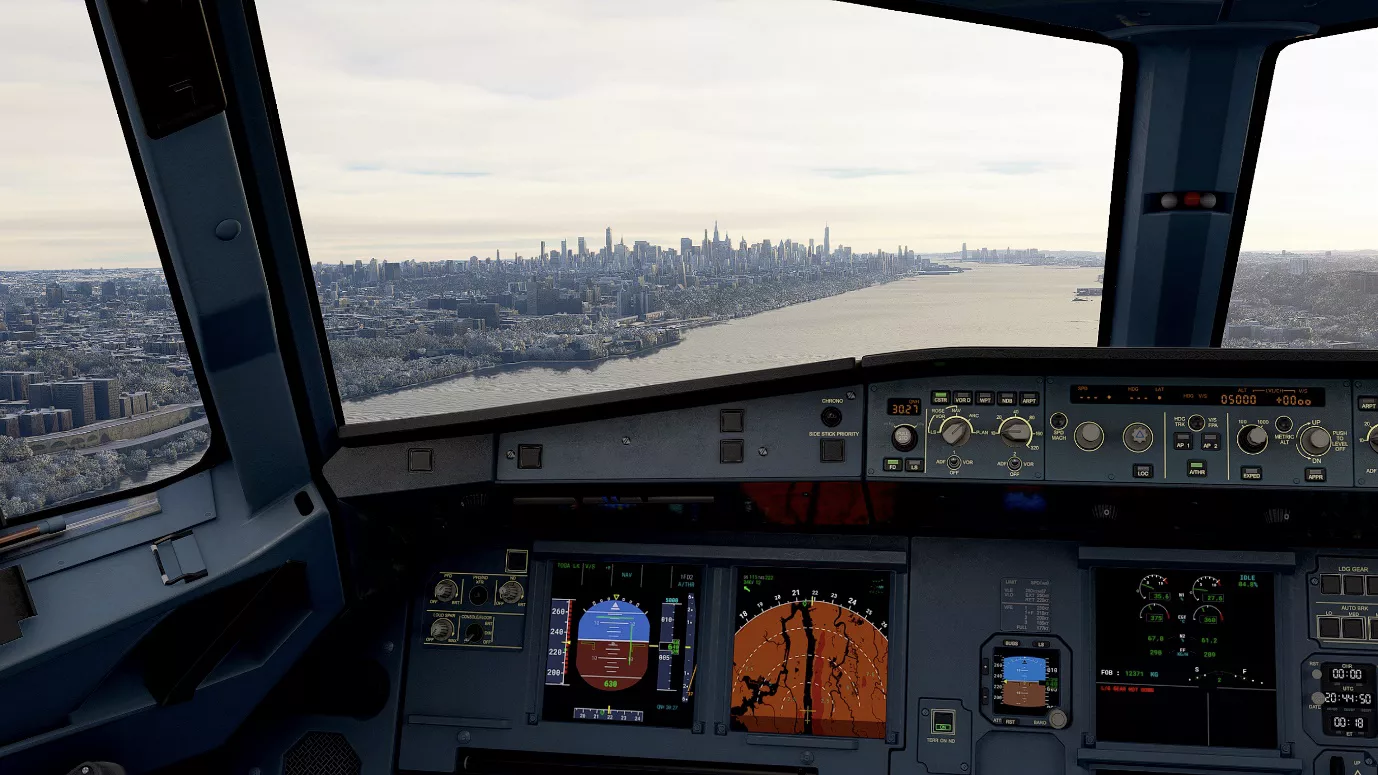
A decision-making structure. Having a tried and true plan for dealing with any eventuality means there is no reason to panic or become overloaded, as tackling the issue with an organised approach greatly relieves the stress in the moment, leaving a clear mind to make quality decisions and achieve a safe outcome.
As you can learn in COMMANDER, the latest training mission pack from FS Academy, a disciplined approach to problem-solving can make a world of difference.
It does not matter if you are in charge of a heavy passenger airliner or light single engine trainer, you are the Commander of your aircraft and the way you deal with problems is much the same.
Headed by a real-world airline Captain, FS Academy teaches authentic and true-to-life skills and techniques across a broad range of operations in the form of in-sim training missions.
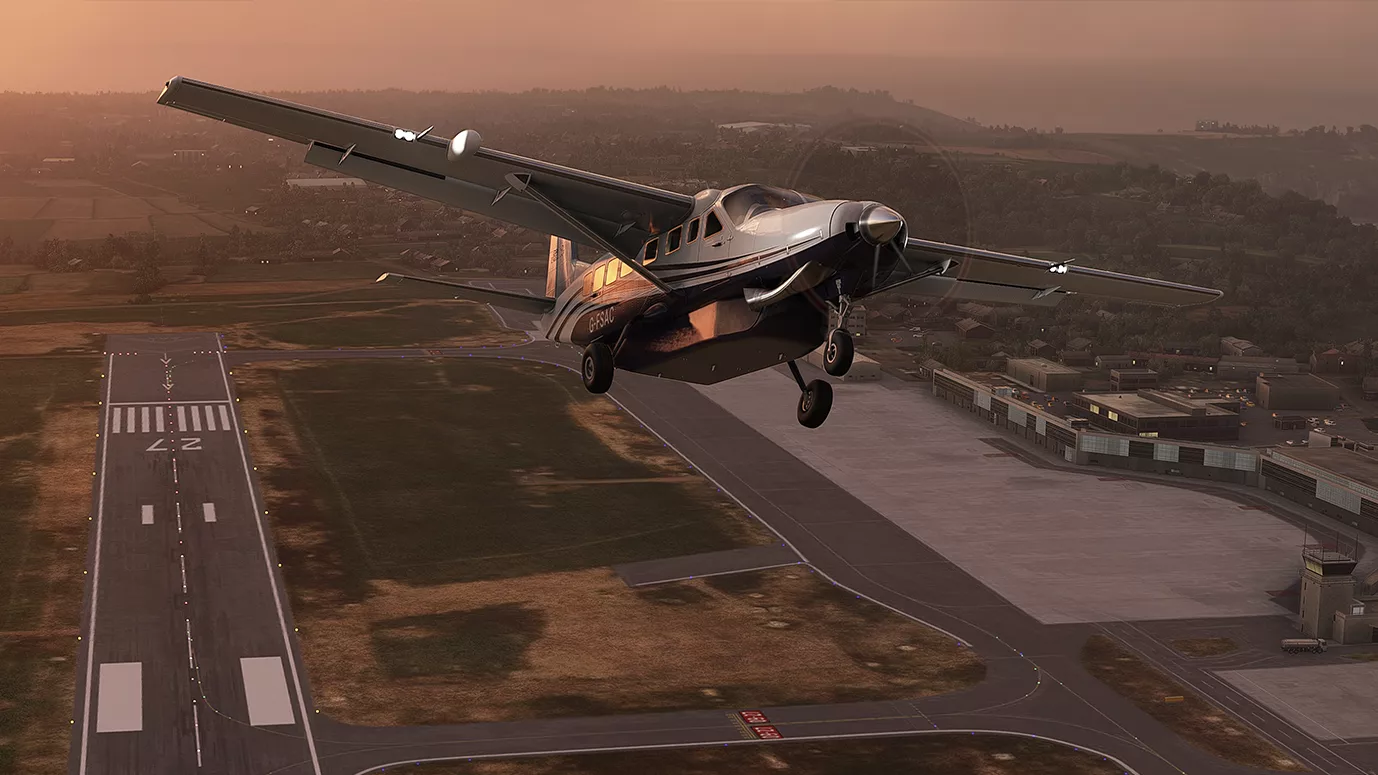
We will take “Blackout”, the third lesson in FS Academy – COMMANDER as an example of how to put this into practice:
We’re cruising along in our Cessna 152 above northern Wales after dark. Only the hum of the engine and the mountainous scenery is there to keep us company. The radio is quiet and the conditions clear.
Our peaceful tour of the landscape is interrupted by an abnormal indication. Just below the ammeter is a red light which has just become lit. This indicates that rather than being maintained by the alternator, our battery is now not being recharged, suggesting an alternator failure.
We are now against the clock. We were hoping to make it to our destination of Liverpool, but with it being a controlled airfield we will need our radios and lights, which will all be lost once our battery goes flat. We have to re-assess our plan and try to stretch out our battery life wherever possible.
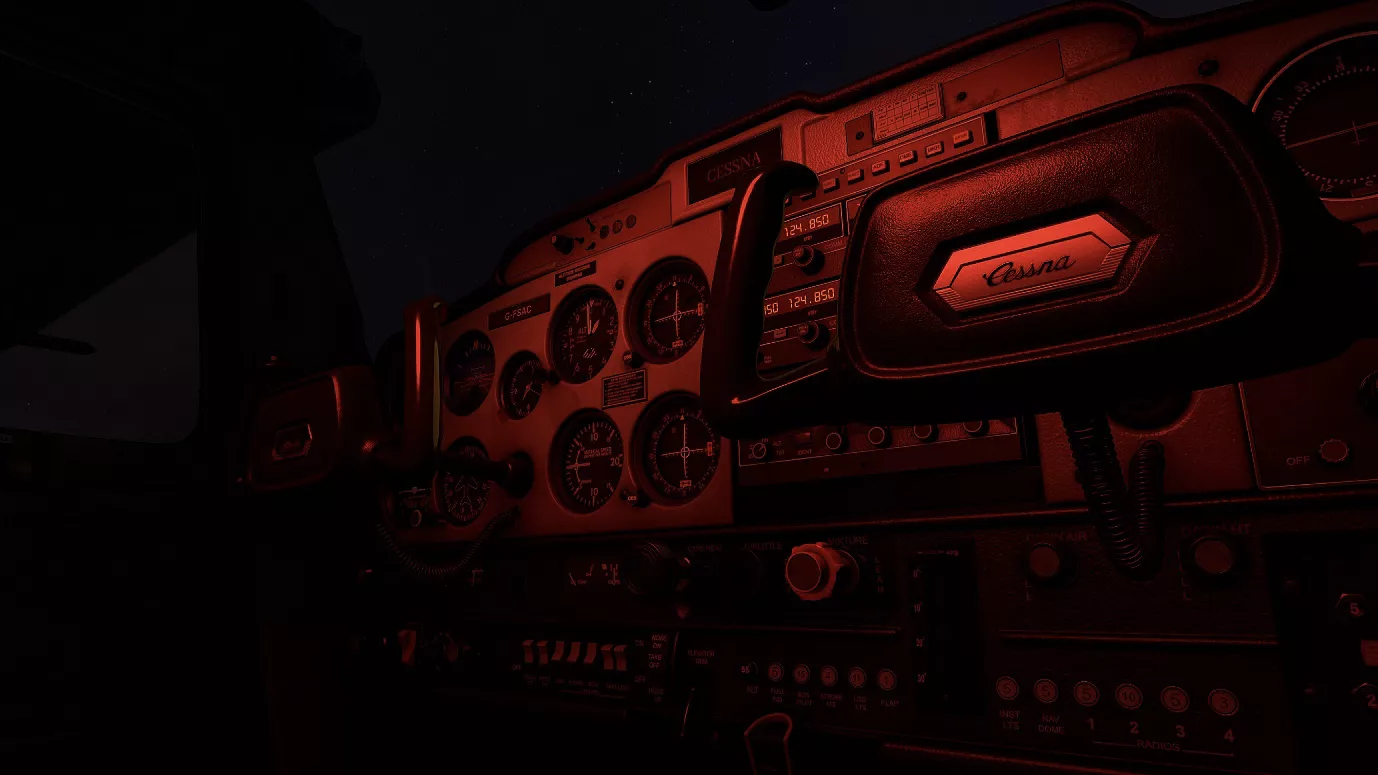
But first things first, we need to continue to safely fly the aircraft. After the occurrence of any issue, the first priority is to remain in control. Aircraft have been lost over the years where a relatively trivial issue has become the focus of attention to the flight crew, distracting them from the main task of keeping the aircraft safe. We must resist the instinct to be drawn in by a perceived danger and first satisfy ourselves of three things:
AVIATE, NAVIGATE, COMMUNICATE
First we aviate, meaning to ensure that we continue to fly as intended, usually straight and level at a safe altitude. Depending on the failure, this can be very straightforward or long and complex. For example our alternator failure has not affected our controls or caused our aircraft attitude to change, whereas an engine failure would require us to immediately target a gliding airspeed, re-trim and perform other actions. In this case, we can maintain our straight and level flight.
Once satisfied, we Navigate. We want to be assured that we are heading in a safe direction, not towards high terrain or hazardous weather, or towards controlled airspace for example.
Finally we can Communicate with ATC. An issue may require us to change course and head to a holding pattern, but this must be co-ordinated with ATC if flying under their control. No such issues here above a dark and quiet Welsh landscape.
Once Aviate Navigate Communicate have been addressed, we can look deeper into our failure and formulate a plan of action. To do this is an organised fashion, we have a framework known as DODAR:
DIAGNOSE: Discover what the issue is and how that affects your aircraft
OPTIONS: Can you continue to destination? If not, where is available to divert to?
DECIDE: Choose the safest course of action
ASSIGN: Put your plan into motion by assigning tasks and preparing for landing
REVIEW: Check if anything important has changed, which may lead you to reassess

Each step of DODAR is important in its own way. For example, if an issue is incorrectly diagnosed, then all subsequent decisions are likely to be based upon inaccurate assumptions, which may lead you to divert unnecessarily or fail to be aware of an impending deterioration.
In our case, the voltage light and strong drain indicated on the ammeter indicates that our alternator has failed. This is a time-critical issue as once the battery depletes, we will lose all of our electrically powered systems, such as lights, radio, flaps, and much of our instrumentation.
We need to reduce the drain on our electrical system by shutting down some non-critical consumers. We start with the big power drawing systems such as heating and lighting. The Pitot heat can be turned off as we are not flying in icing conditions. Once switched off we can immediately see an improvement to our power drain displayed on the ammeter.
Our landing light increases our visibility to other aeroplanes, but is power-hungry, so this too is turned off. Another improvement can be seen on the ammeter. We continue to shed equipment that is not necessary in order to maximise our battery life.
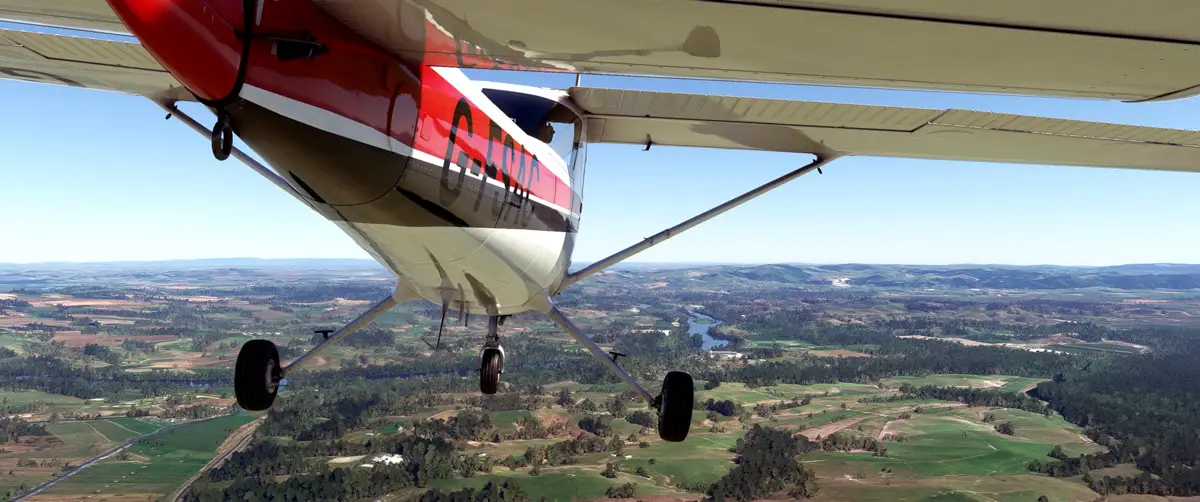
Even with a more modest power draw, the battery will still deplete over time. It will cut out without warning as many factors, such as the age of the battery and its condition, will all affect its lifespan, making endurance difficult to accurately predict.
We can’t risk continuing to Liverpool and losing power, so we will reassess our options. Not all airfields are open through the night and many do not have runway lighting, making them unusable after dark. Having just passed Caernarfon airfield, which has lit runways, we elect to turn around and start heading in that direction. This is the safest course of action as we are landing as soon as we reasonably can, having understood our draining energy supply.
The flaps on our Cessna 152 are electrically driven. If we extend them, we will increase our power draw and then be unable to retract them again should the battery deplete. This would massively restrict our range to make it to another airfield should we need to, so we decide to land flapless.
Passing Caernarfon castle as we prepare for the approach, we are acutely aware that we could go dark at any moment and we must not waste time whilst not rushing or acting impulsively. We have diagnosed and understood the issue we face and created a sensible and proportionate plan to give us the best odds of a safe outcome.
This is an abbreviated account of just one of the 12 training scenarios to be found within FS Academy – COMMANDER, which is the latest in a lineup of acclaimed training packages. Whether emergency scenarios are your area of interest, or if you prefer to learn how to navigate on instruments alone with FS Academy – IFR, fly visual cross-country trips in NAVIGATOR, or get to grips with the heavy metal in JETLINER, FS Academy has a training pack for you. All created to a high standard and packed with authentic training material. Get a sneak peek at the content by downloading the free ground school manuals that accompany each instalment, available on the FS Academy website: www.fsacademy.co.uk
Find the full series in the in-sim Marketplace of Microsoft Flight Simulator, located under Activities – Training. Currently on sale with a 30% discount for the holiday season.
This article is sponsored by FS Academy. FS Academy offers a range of mission packs for Microsoft Flight Simulator that are both entertaining and educational. Learn more about all the packs at www.fsacademy.co.uk.
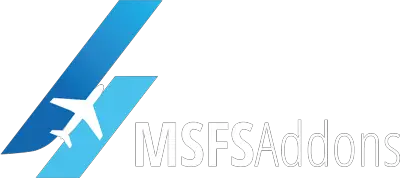






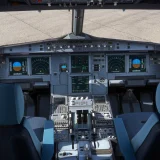
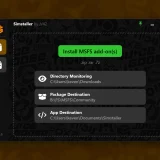
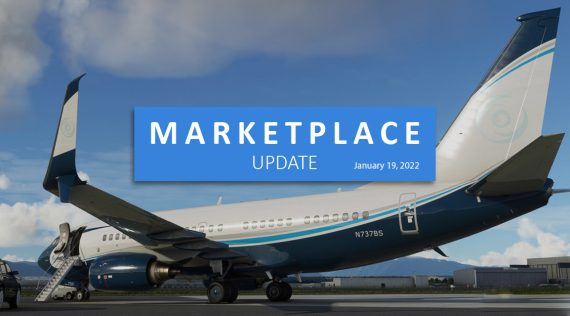

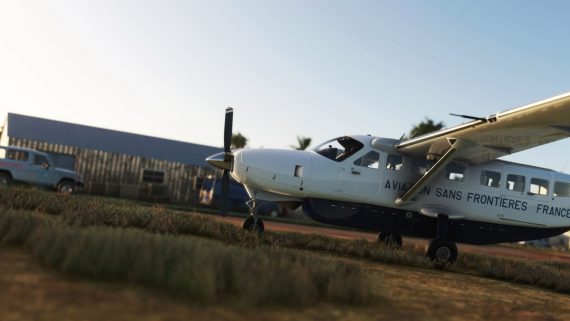
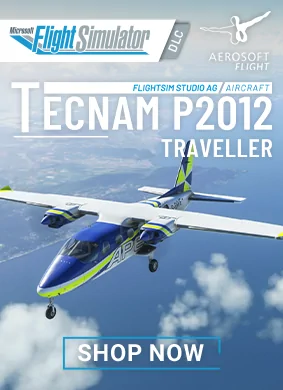






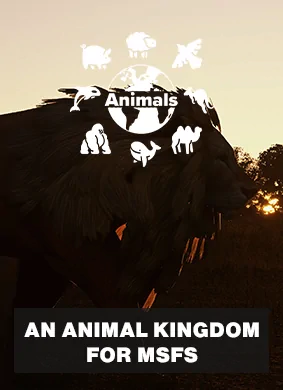
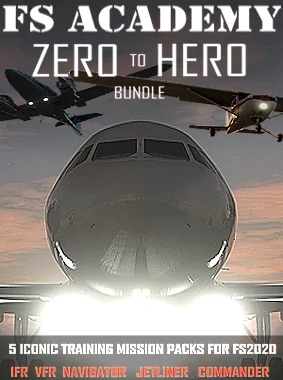
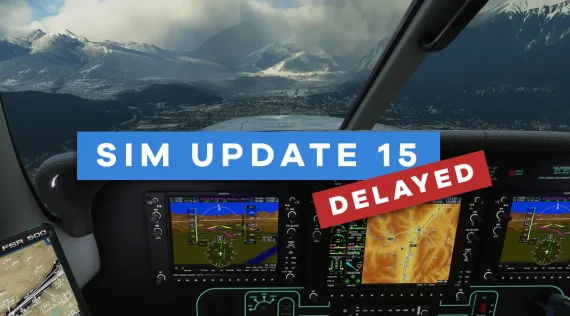
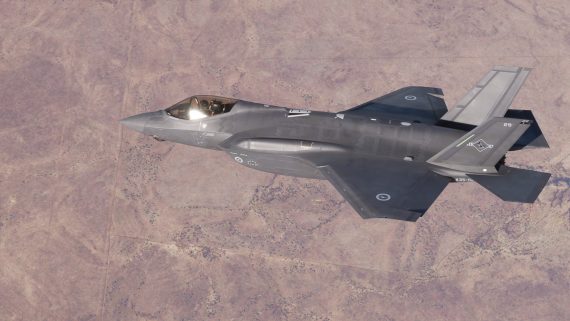
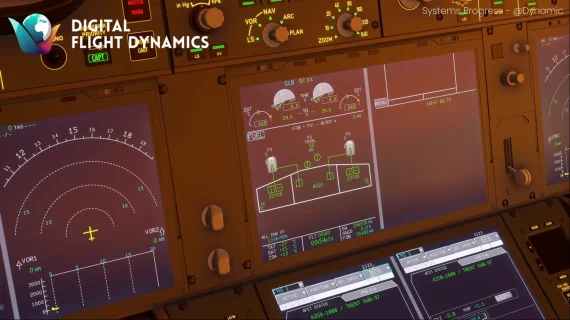
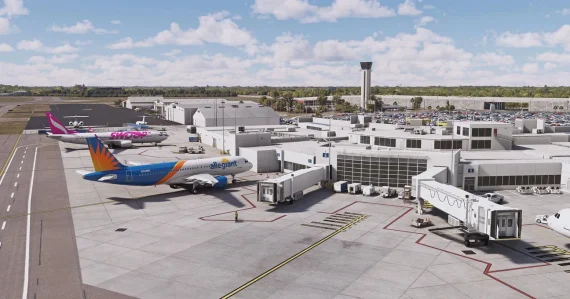
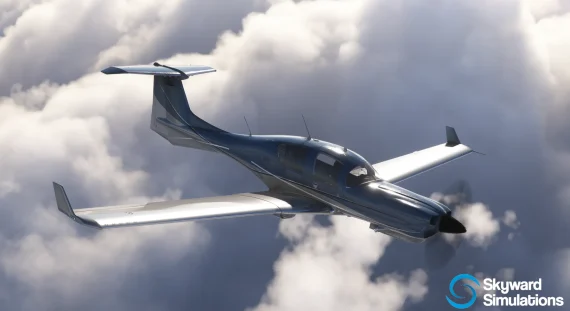


Mike
This wasn’t as good as I was hoping for. Having to follow a script after the failure took all of the excitement out of it. It had good promises but failed to deliver. I finished 3 missions and Uninstalled it and will not reinstall it again without a updates